Don’t let your indoor tree die. It needs attention to continue adding life, color, and texture to its environment. And with some easy care tips, your evergreen tree will thrive.
Indoor trees can adequately fill a space, improve the air quality, and be a conversation piece all at once. All you have to do is care for it, and in return, it will give you years of natural beauty.

thetreecareguide.com recommends the best trees to bring into your home and presents professional care tips for indoor evergreen trees.
Best Indoor Evergreen Tree Species
While there are innumerous species of trees that could be suitable for indoor growth, we have selected the following 5 evergreen trees for their adaptability to an indoor setting:
Money Tree – The Money Tree (Pachira Aquatica) has many myths surrounding its origin. Most notably that it brings good fortune to its owner.
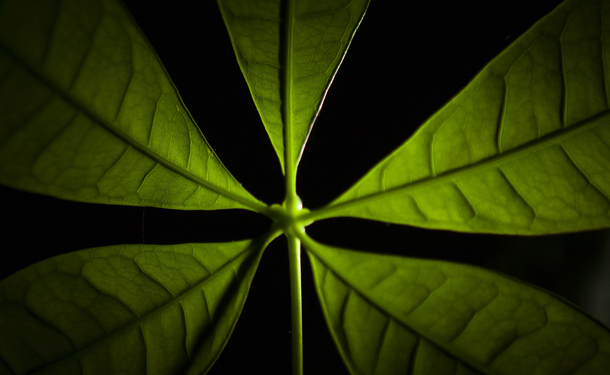
Ficus Tree – The ever popular and evergreen Ficus (Ficus benjamina) is native to Asia and Australia and is the official tree of Bangkok. In a natural setting, these trees can reach heights of nearly 100ft.
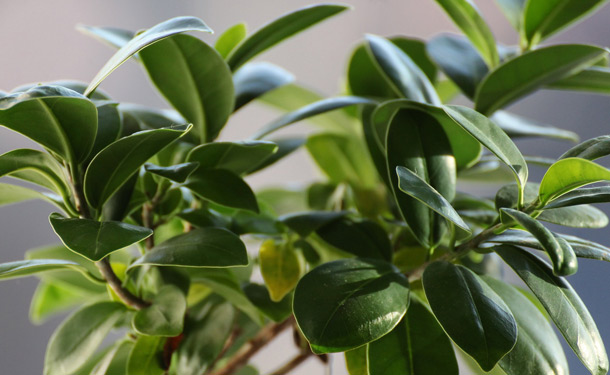
Joshua Tree – Also known as the Yucca tree (Yucca brevifolia), this species is native to the southwestern United States, and in its natural setting, a Joshua tree rarely grows over 50ft tall.
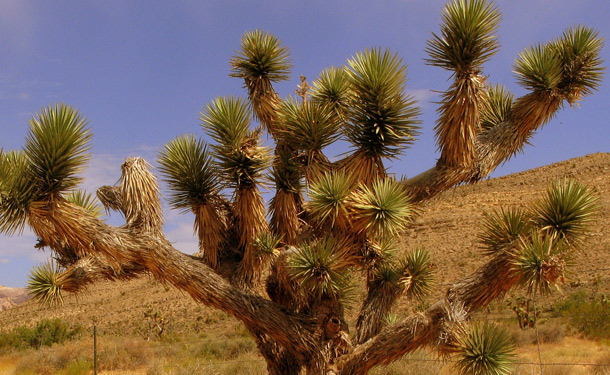
Dracaena Tree – From the Asparagaceae family, these are among the best trees for air quality, and are incredibly tolerant to sparse watering. The Dracaena genus is comprised of over 100 species, including the “Lucky Bamboo.”
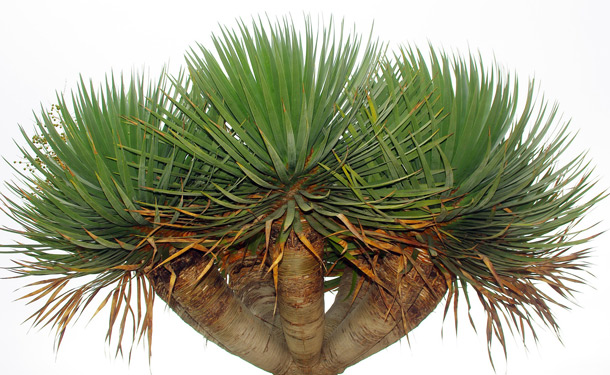
Rubber Tree – Native to Southeast Asia, the rubber tree (Ficus elastica) with its broad shiny leaves can reach over 130ft in height with a trunk measuring 6 ½ft wide.
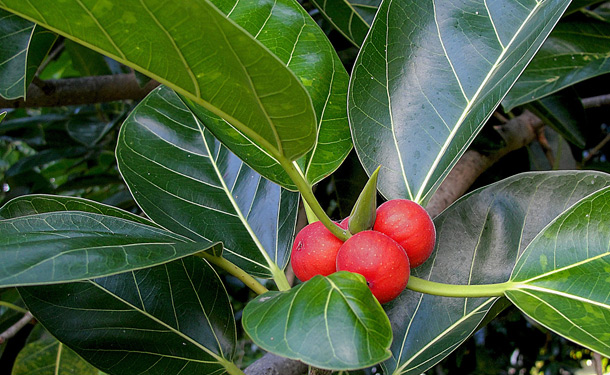
If you’re looking for the perfect outdoor evergreen trees like the magnolia or eucalyptus, visit plantsandtreespecies.wordpress.com
Caring for Indoor Trees
Bringing an evergreen tree indoors is one way to change the dynamics of a room completely. With that, you will need to care for it while it grows and adapts to a controlled climate. The following will help you give your tree what it needs to thrive:
Planting the Tree – Trees can adapt themselves to their surroundings. That includes the container it grows in. The larger the container, the more root development it will achieve, and subsequently, the larger the tree will grow.
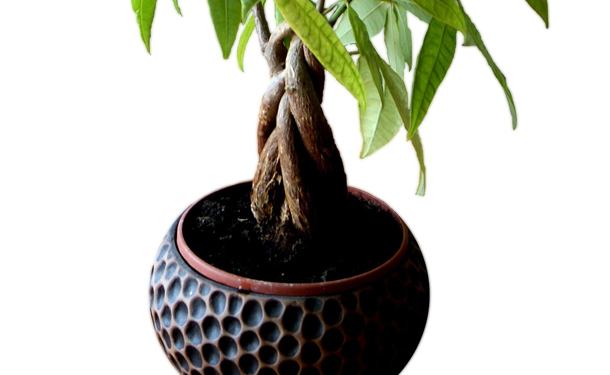
For all of the trees mentioned above, the soil used for your tree should be nutrient-rich, with a pH level of 6.0 to 6.5. Fertilizers are not necessary for the first year. Each year after, in late winter or early spring, your tree will benefit from a nitrogen-rich fertilizer and a fresh layer of soil.
An annual soil test will guide you in determining what adjustments the soil requires to maintain the ideal pH level and nutrient content.
Annually, or as the tree grows, increase the size of the container until the tree reaches the desired size. The container should have drainage holes to avoid overwatering.
When planting, re-potting, or adding soil to your tree, never cover the root flare. The root flare is the lower point of the trunk where the roots begin. If planted too low in the soil, rot can set in and kill your tree.
Watering Your Tree – As a tree grows, the more water it will consume. As long as the soil is well-drained, keep it moist by watering once per week with room-temperature water.
Insect Infestation – Regularly inspect your tree for signs of an insect infestation. If kept healthy, your tree has its own defense mechanisms and can ward off most attacks. However, there are times that you must intervene.
Neem oil is one of the best options for indoor tree pest control. It is a natural way to stop an infestation and avoid using harsh chemical insecticides within your home.
Caring for the Foliage – While an occasional misting may seem like a good thing, indoor tree foliage should be lightly dusted with a damp cloth on a regular basis.
Pruning Your Tree – You can prune an indoor tree in the same way you would prune a tree growing outside. Some of the reasons for pruning are:
• Shaping the tree
• Removing dead or dying branches
• Removing diseased or infested foliage
• Encouraging spring growth
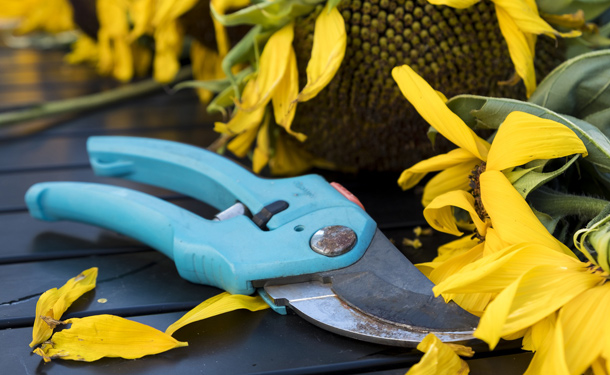
Indoor Tree Light Requirements – All of the trees named above will thrive in a well-lit location, preferably near a window or glass door with some bright light during the day.
Location – Your tree will acclimate to its surroundings fairly quickly. It is not recommended to move them frequently, as this will stress the tree.
Bring the Outside In
For your indoor tree to thrive, you’ll need to give it some regular attention and some basic care. An indoor tree can be an amazing highlight or conversation piece for you to brag about.
In this article, you discovered 5 species of trees that adapt perfectly to an indoor environment, as well as their soil, water, light, and pruning necessities.
When growing a tree indoors, you will benefit from its continued growth, improved air quality, and beauty by caring for it in the easiest of ways. Conversely, your inaction or neglect will quickly lead to the tree’s death.
Sources:
http://www.missouribotanicalgarden.org
http://www.mgpub.org
https://www.nybg.org
http://gardencentersofcolorado.org/pdfs/care_sheets/Ficus.pdf